The recent heavy rain has caused road conditions to become dangerous, raising concerns about potential floods and compromising the overall driving experience. Floods can be extremely dangerous for vehicles and the people inside it. Many people try driving through floods, and this can be extremely risky if you are not prepared. Being well-versed in how to react and navigate safely during such circumstances can truly make a difference and help ensure the safety of yourself and others on the road.
Before we proceed with sharing tips on how to react while driving in floods, it’s important to remember that it can be a wise move to make a necessary stop and wait for the rain to subside. Fortunately, BHPetrol offers nationwide accessibility with 400 BHPetrol station located across the country. These stations provide drivers with the opportunity to pull over, enjoy some refreshments or a hot drink, and wait for the rain to ease off before continuing their journey.
Now let’s get straight to the point and discover these 5 tips on how to drive through floods safely!
Turn Off the Air Conditioning
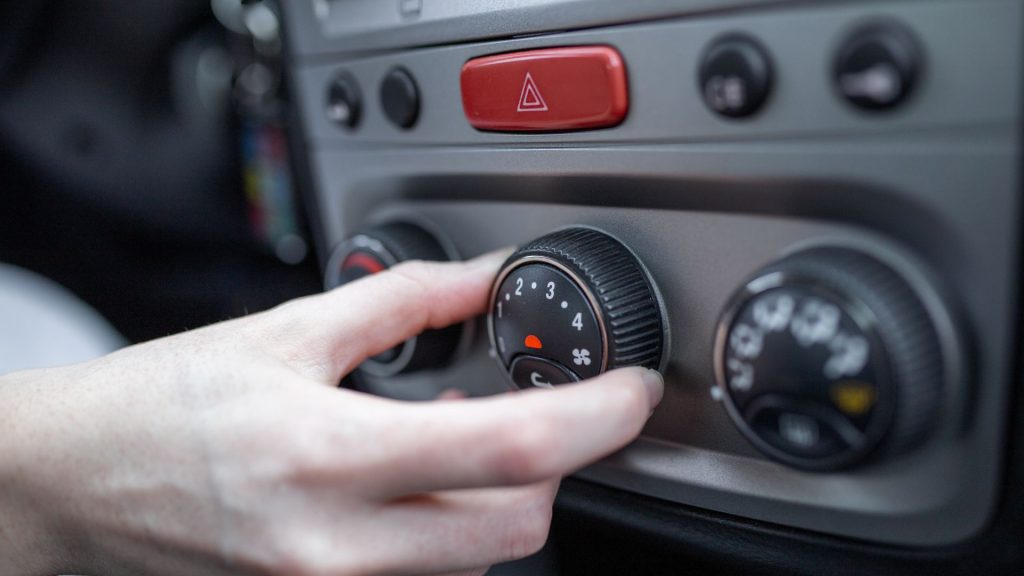
Image credits: stefamerpik on Freepik
When driving through floodwaters, it’s essential to turn off your air conditioning. The reason is that car compressors are particularly vulnerable to water damage, especially for their position that is closer to the ground within the engine bay. Therefore, to prevent any unnecessary damage to your car’s air conditioning system, ensure you switch it off before entering floodwaters.
It’s also believed that turning off your air-conditioning could have potential benefits when driving through a flood. By switching off your air-con, you can provide the engine with an extra bit of power that might prove essential in navigational efforts during challenging conditions.
Assess the Depth of the Floodwater
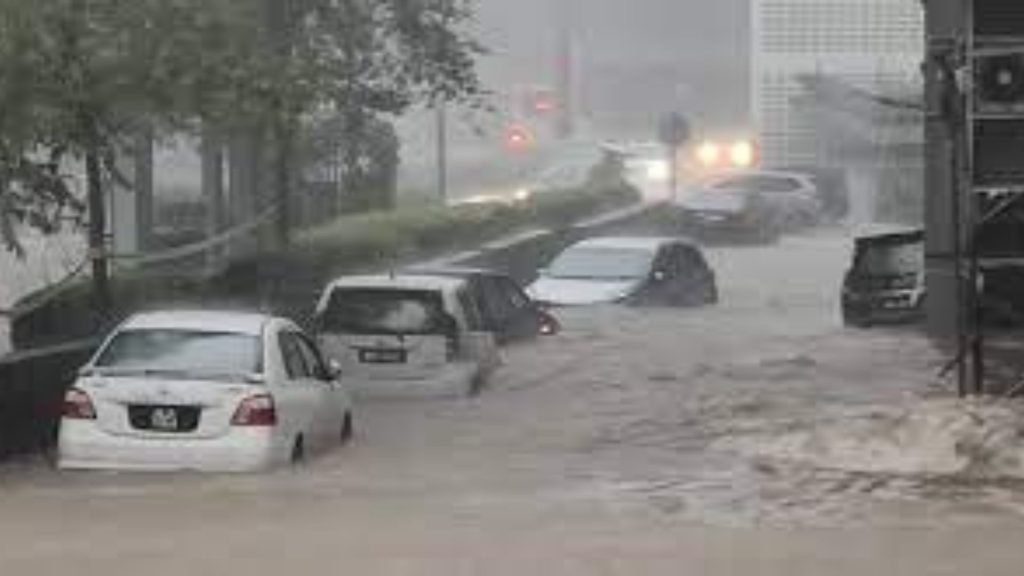
Photo credits: Focus Malaysia
The depth of the water on the road can be deceptive – what may look like a puddle can quickly turn into a deep pool of water before you know it. Before risking your life and vehicle, take a moment to examine the water’s depth. You can do this by checking the waterline on nearby objects like walls or trees. If the water level is higher than the base of your car, it is best not to attempt to drive through it.
Slow Down Your Car Speed
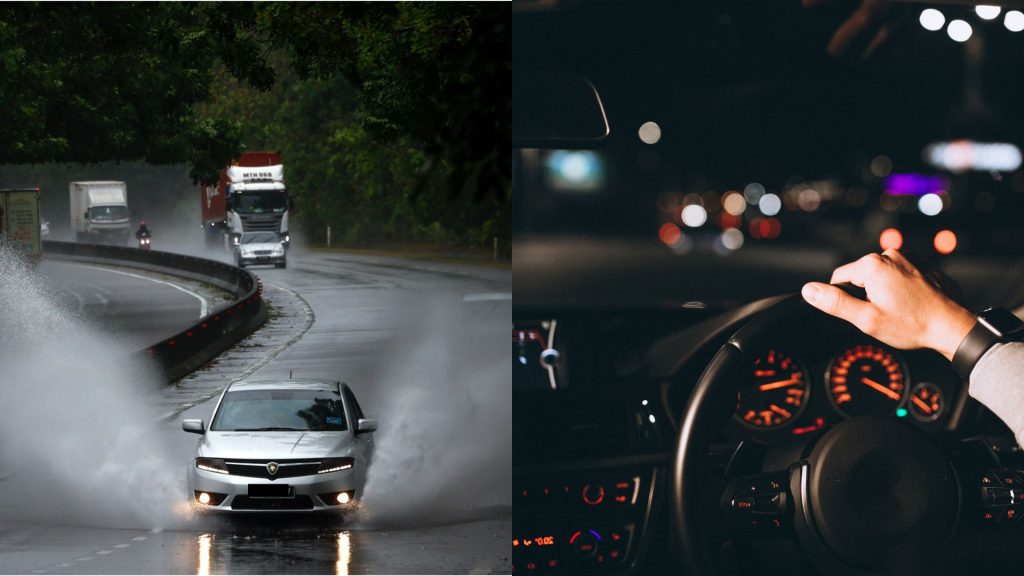
Photo Credits: Selangor Kini
If it is completely necessary to drive through the floodwater, you should slow down your vehicle. The slower you go, the less the water will try to throw you around. Driving slowly also creates less splashing and waves, which can reduce the amount of water that enters the engine and other components of your vehicle. Driving at a high speed can also create a bow wave which can flood other vehicles causing harmful accidents.
Do Not Restart Your Engine If Your Vehicle Halts
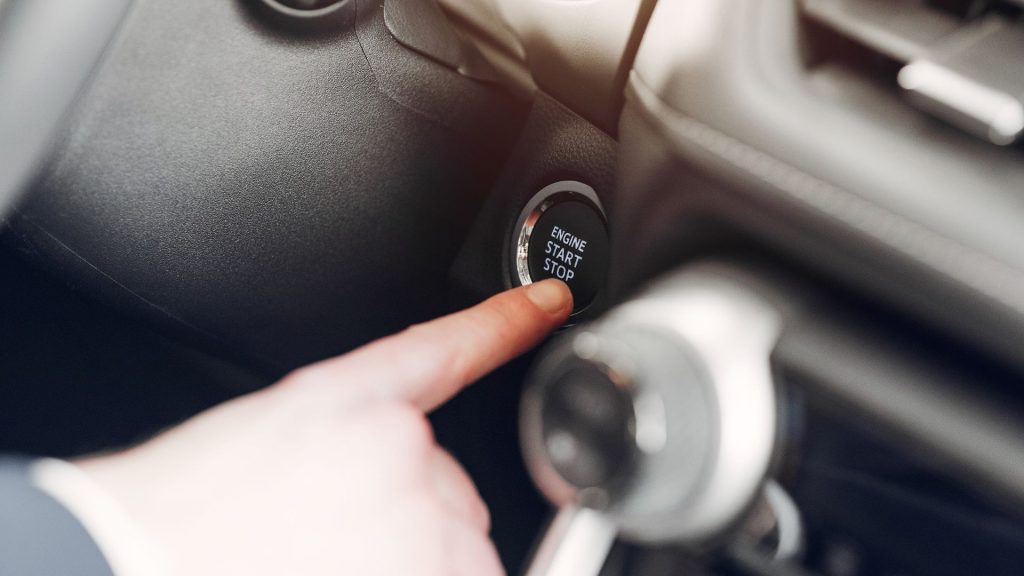
Image credits: prostooleh on Freepik
If your vehicle suddenly stops while navigating through floodwater, do not try to restart the engine. Restarting can cause irreparable damage where the water that enters the engine can lead to mechanical failure known as a hydro lock. If your vehicle stops in a flood, it’s safer to get out of your car and move to a safe distance until help arrives.
Tip: The pressure of the water outside may prevent your doors from opening. You could try using force by pushing the door with both of your legs.
Drive Along the Highest Point of the Flooded Roads
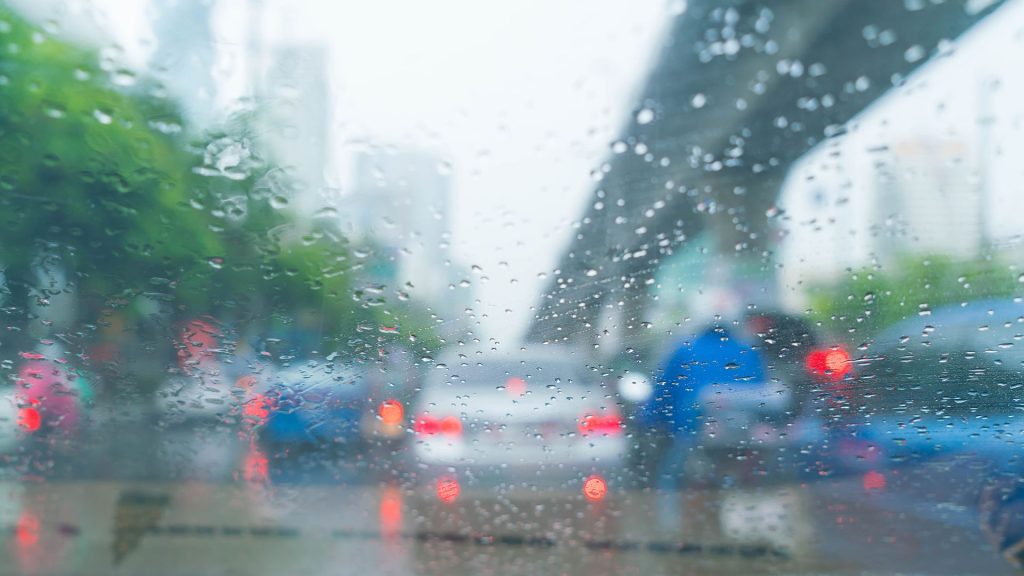
Image credits: topntp26 on Freepik
It is advisable to always drive along the highest point of the road. Since most roads are paved with a dip on one side, the centre of the road is usually the highest point. Typically, the middle section of the road is the least submerged, resulting in a slightly lower risk for vehicles. However, remember to be respectful of incoming traffic while using this approach. Be cautious and patient, taking turns with other drivers, to ensure everyone’s safety.
Here are 5 valuable tips for driving through floodwaters. We hope that these tips have helped you to be better aware of possible dangers and situations you may encounter during such circumstances. Remember, next time you encounter rising water levels on the road, be sure to prioritise your safety above all else and take the most appropriate actions.





